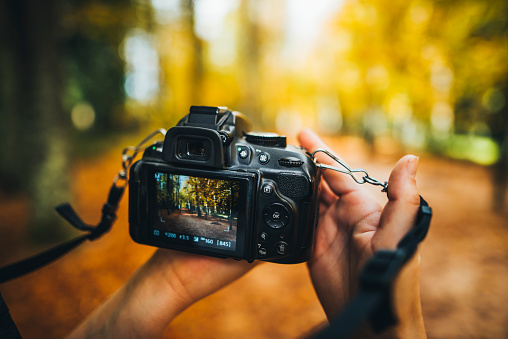The Art of Storytelling Through Photography


Photography is a visual language that transcends barriers and communicates emotions, ideas, and stories. The art of storytelling through photography goes beyond merely capturing scenes; it involves capturing moments that narrate compelling and evocative tales. This article will explore the techniques and approaches to help you become a master storyteller with your camera.
Define Your Narrative:
Every captivating story has a central theme or message. Before you start shooting, clarify the account you want to tell. Is it a tale of love, resilience, or nature’s beauty? Understanding your narrative will guide your photography, ensuring that every image contributes to the larger story you wish to convey.
Capture the Decisive Moment:
The legendary photographer Henri Cartier-Bresson coined the term “the decisive moment,” referring to the fleeting instant when all elements align to create a powerful photograph. Anticipate these moments and be prepared to capture them instinctively. Patience and observation are crucial to seizing the essence of a story in a single frame.
Create a Visual Journey:
A well-told story has a beginning, middle, and end. Apply this concept to your photography by crafting a visual journey for your viewers. Start with an attention-grabbing image, develop the narrative through a series of photographs, and conclude with a thought-provoking or emotionally impactful shot.
Use Environmental Details:
Incorporate environmental details to enrich your narrative. The surroundings can provide context, add depth, and convey emotions. Whether it’s capturing the wrinkles on an elderly face or the rugged landscapes of a far-off land, the environment can enhance the storytelling potential of photographs.
Embrace Candid Moments:
Candid shots capture genuine emotions and unfiltered interactions, making them invaluable for storytelling. Be discreet and patient, allowing your subjects to be themselves, and you’ll capture moments that feel authentic and intimate.
Employ Symbolism:
Symbolism in photography can be a powerful tool for storytelling. Use objects, colors, and visual metaphors to convey deeper meanings and evoke emotions. A single prop or a specific color scheme can add layers of significance to your photographs.
Show Diversity in Perspectives:
A well-rounded story offers diverse perspectives. When documenting events or people, take the time to capture different angles, emotions, and viewpoints. This multifaceted approach enriches your storytelling and ensures a comprehensive portrayal of the subject.
Captivate with Portraits:
Portraits are windows into the souls of your subjects. Use portraits to tell stories that resonate with human emotions and experiences. Please pay attention to expressions, body language, and eyes, as they often reveal the most compelling aspects of a person’s story.
Photography has the remarkable ability to transcend time and space, making it a potent medium for storytelling. By defining your narrative, capturing the decisive moment, and creating a visual journey, you can transform your images into powerful stories that resonate with viewers profoundly. Embrace candid moments, use symbolism thoughtfully, and show diversity in perspectives to enrich your storytelling. Remember that storytelling through photography is an art that requires passion, empathy, and creativity. With practice and dedication, your camera will become a tool for crafting timeless and impactful visual tales. So, pick up your camera, explore the world with a storyteller’s eye, and let your photographs become captivating chapters in the grand book of human experience.
